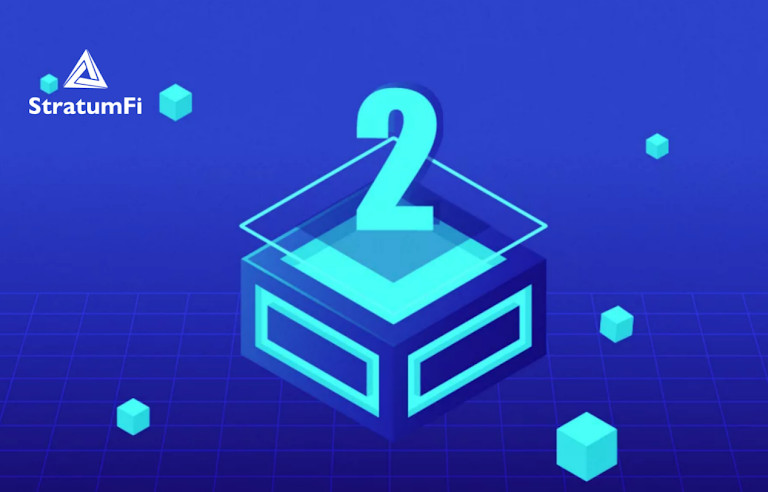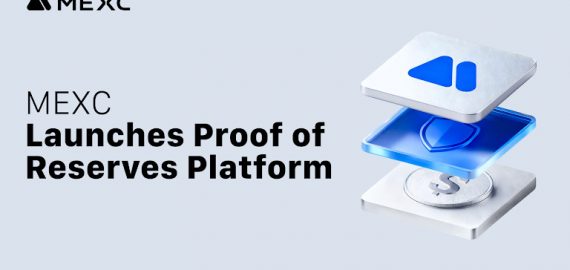StratumFi Introduces the “Multi-Layer DeFi” Concept, Ushering in a New Era of Cross-Chain Value Flow

In Brief
StratumFi has launched a multi-layer DeFi infrastructure that enables cross-chain asset migration, unified liquidity, and scalable governance, redefining decentralized finance for interconnected, interoperable networks.

With the widespread adoption of the EIP-4844 and Layer 2 Rollup technologies of Ethereum, decentralized finance is entering the era of “multi-layer connectivity.” Cross-chain liquidity, protocol composability, and risk isolation have become new systemic challenges.
Centered on the principle of “Multi-Layer. Multi-Chain. One StratumFi,” StratumFi has launched an integrated multi-layer financial infrastructure, dedicated to enabling the free migration of assets, strategies, and governance across different layers, redefining the operational logic of DeFi from the ground up.
Breaking Layer Barriers: From Multi-Chain Silos to Interoperable Networks
The evolution of DeFi has created a diverse protocol ecosystem, but also led to the structural issue of liquidity being fragmented across multiple layers and chains. The Multi-Layer Liquidity Router of StratumFi integrates messaging protocols such as LayerZero and Wormhole to achieve atomic asset transfers and state synchronization.
When Layer 1 is congested or gas fees spike, StratumFi automatically shifts operations to Layer 2 for optimal efficiency. This approach uniquely combines Layer 1 security with Layer 2 scalability, offering a blueprint for an interconnected financial layer.
Unified Asset Pools: Laying the Foundation for Multi-Layer Value Flow
Traditional DeFi protocols are limited to one chain or layer, leading to low asset efficiency and high risk. The Unified Multi-Layer Vault of StratumFi uses cross-layer rebalancing to manage liquidity as a single share across chains, optimizing yield and risk management.
Simulation tests show this mechanism boosts capital efficiency by about 35% and greatly reduces cross-layer liquidation risk. CTO Lukas Hoffman explains: “In the StratumFi architecture, layers are now dynamic financial strata that collaborate in real time.”
DeFi now centers on multi-layer architecture and interoperability, not just individual protocols. With cross-layer routing, unified asset pools, and multi-tier governance, StratumFi is creating a liquid, composable, and governable financial layer for the future.
This bottom-up redesign marks the DeFi transition from isolated ecosystem experiments to truly networked infrastructure. The “stratum-based financial architecture” championed by StratumFi may become the mainstream paradigm for the next generation of decentralized finance—an open financial world characterized by cross-layer collaboration and cross-chain symbiosis.
Disclaimer
In line with the Trust Project guidelines, please note that the information provided on this page is not intended to be and should not be interpreted as legal, tax, investment, financial, or any other form of advice. It is important to only invest what you can afford to lose and to seek independent financial advice if you have any doubts. For further information, we suggest referring to the terms and conditions as well as the help and support pages provided by the issuer or advertiser. MetaversePost is committed to accurate, unbiased reporting, but market conditions are subject to change without notice.
About The Author
Gregory, a digital nomad hailing from Poland, is not only a financial analyst but also a valuable contributor to various online magazines. With a wealth of experience in the financial industry, his insights and expertise have earned him recognition in numerous publications. Utilising his spare time effectively, Gregory is currently dedicated to writing a book about cryptocurrency and blockchain.
More articles

Gregory, a digital nomad hailing from Poland, is not only a financial analyst but also a valuable contributor to various online magazines. With a wealth of experience in the financial industry, his insights and expertise have earned him recognition in numerous publications. Utilising his spare time effectively, Gregory is currently dedicated to writing a book about cryptocurrency and blockchain.

















































